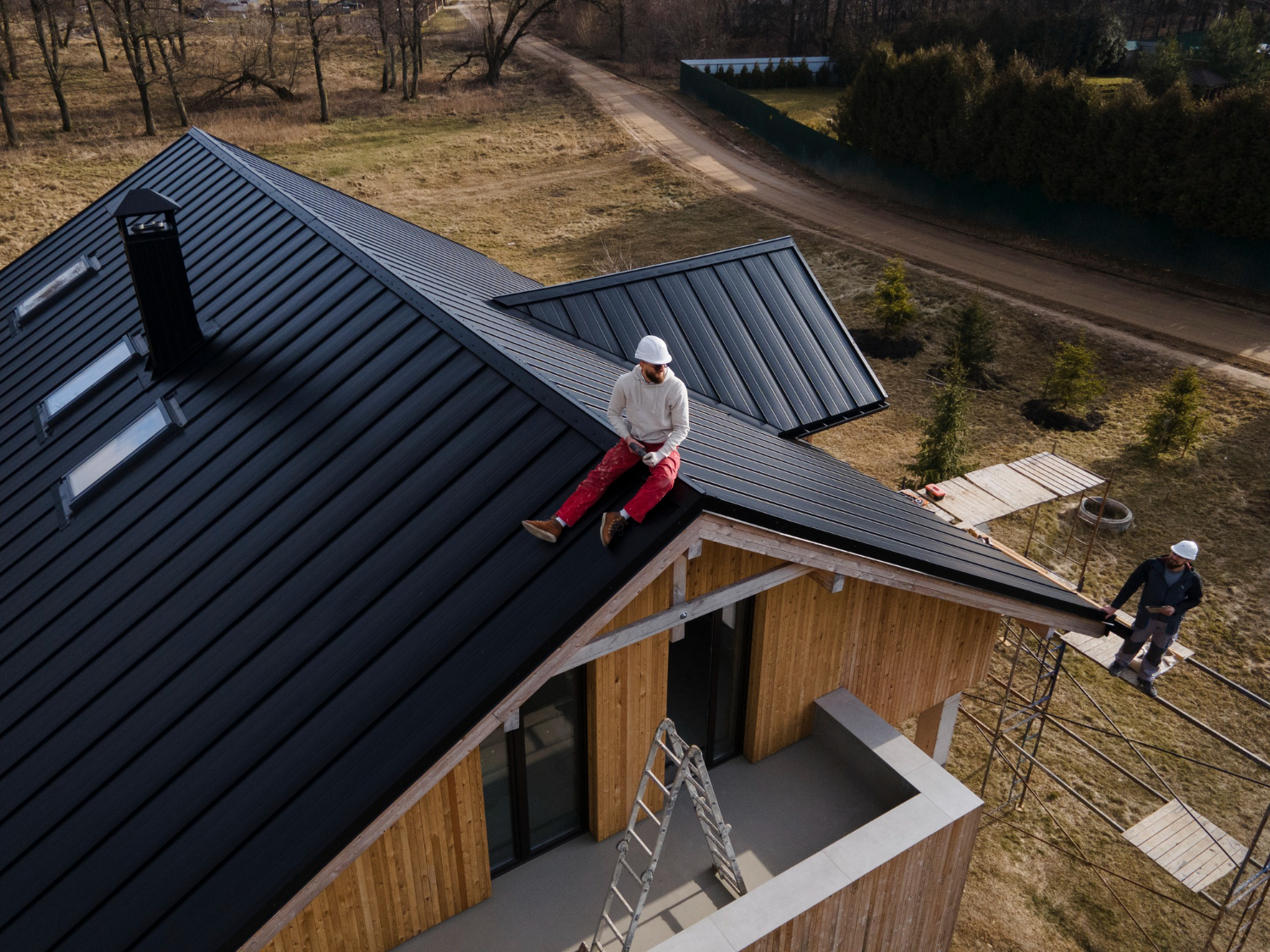A Roof Replacement is a vital component of any structure, providing protection and shelter from external elements. Over time, however, roofs deteriorate due to age, weather conditions, and regular wear and tear.
Safety First – Protecting Your Home and Loved Ones
A well-maintained roof is crucial for ensuring the safety of your home and loved ones. As the roof ages, it becomes more susceptible to leaks, structural damage, and weakened support. These issues can lead to water intrusion, which, if left unaddressed, can result in mold growth, damage to interior walls, and compromise the integrity of your home’s structure. Additionally, an aging roof may become less resistant to strong winds, making it prone to damage during storms and increasing the risk of accidents. Timely roof replacement allows for the elimination of potential hazards, providing a secure and protected living environment.

Energy Efficiency – Saving on Bills and Reducing Environmental Impact
A roof that is nearing the end of its lifespan may lose its energy efficiency, leading to increased heating and cooling costs. Gaps, cracks, and inadequate insulation can allow air to escape, causing energy waste and requiring HVAC systems to work harder to maintain comfortable indoor temperatures. By replacing an aging roof, you can upgrade to modern, energy-efficient materials and improve insulation, reducing your energy consumption and lowering utility bills. Moreover, an energy-efficient roof contributes to a greener environment by minimizing carbon emissions associated with excessive energy usage.
Conclusion:
Roof replacement is a crucial aspect of property maintenance, offering numerous benefits such as enhanced safety, improved energy efficiency, and increased property value. By prioritizing roof replacement, you safeguard your home and loved ones, protect against water damage, and reduce the risk of accidents. Additionally, upgrading to energy-efficient materials not only lowers your utility bills but also reduces your environmental impact.








